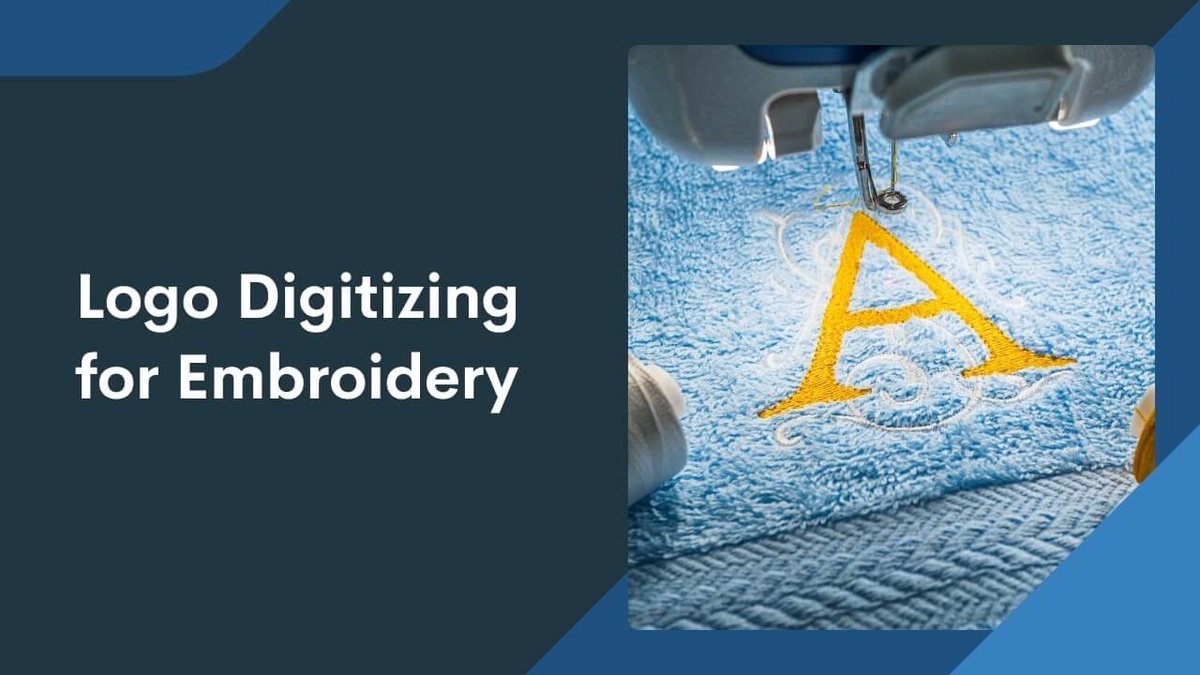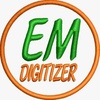Embroidery digitizing is a specialized process that transforms a logo or design into a format readable by embroidery machines. One of the critical aspects of this process is selecting the appropriate file format for embroidery logo digitizing. The choice of file format can significantly impact the quality and accuracy of the final embroidered product. In this article, we will explore the various file formats commonly used in embroidery digitizing and their importance in achieving optimal results.
Understanding Embroidery File Formats
Embroidery machines operate based on specific commands that guide the needle to create intricate stitches and patterns. To facilitate this, designers need to provide digitized files that contain the necessary information for the embroidery machine to execute the design accurately. Several file formats are suitable for embroidery digitizing, each with its unique characteristics.
1. DST (Data Stitch Tajima)
DST is one of the most widely used file formats in the embroidery industry. It is the standard format for Tajima embroidery machines, which are popular among professionals. DST files contain information about stitch coordinates, thread colors, and other essential details. This format ensures precise reproduction of the original design on the fabric.
2. PES (Brother Embroidery Format)
PES files are compatible with Brother embroidery machines, another prominent brand in the industry. These files store information about thread colors, stitch types, and design elements. PES is a versatile format that supports various embroidery styles, making it suitable for a broad range of projects.
3. EXP (Melco Expanded)
The EXP format is commonly used with Melco embroidery machines. It includes detailed information about stitch coordinates and color codes. Choosing the EXP format ensures seamless communication between the digitized design and Melco machines, leading to accurate and high-quality embroidery.
4. XXX (Compucon)
The XXX file format is associated with Compucon embroidery machines. Like other formats, XXX files contain data on stitch coordinates, thread colors, and other design elements. This format is specific to Compucon systems, ensuring compatibility and optimal performance during the embroidery process.
Selecting the Right File Format
Choosing the correct file format is crucial for successful embroidery logo digitizing. The compatibility between the digitized file and the embroidery machine plays a vital role in achieving the desired results. Consider the following factors when selecting a file format:
1. Machine Compatibility
Ensure that the chosen file format is compatible with the embroidery machine you intend to use. Different machines may require specific file formats to operate effectively, so it's essential to match the format with your equipment.
2. Design Complexity
Some file formats are better suited for complex designs with intricate details. Consider the complexity of your logo or design and choose a file format that can accurately convey all the nuances without compromising quality.
3. Editing Capabilities
Certain file formats may offer more flexibility in terms of editing and customization. If you anticipate the need for adjustments to your design in the future, opt for a format that allows for easy modifications without compromising the overall quality of the embroidery.
Conclusion
In the realm of logo digitizing for emmbroidery, the choice of file format is a critical decision that directly impacts the outcome of the embroidery process. Understanding the specific requirements of your embroidery machine, the complexity of your design, and the desired editing capabilities will guide you in selecting the most suitable file format. Whether it's DST, PES, EXP, XXX, or another format, making an informed choice ensures that your digitized logo translates seamlessly into a stunning embroidered masterpiece.


No comments yet